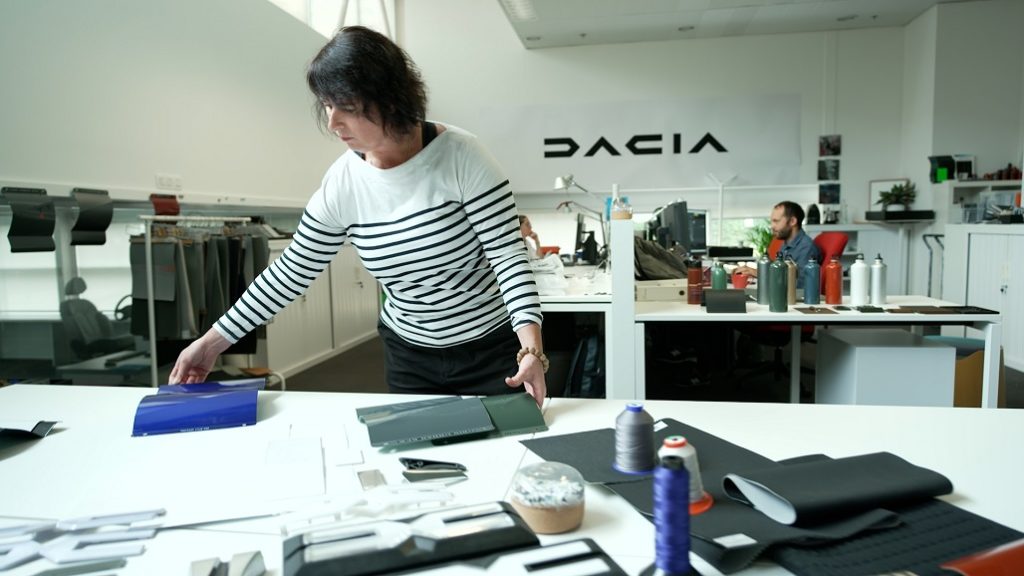- To complement its new visual identity, Dacia takes inspiration from nature and evolves its colour palette and materials
- Chrome and leather replaced with more environmentally friendly alternatives
- New ‘Dusty Khaki’ shade of green is introduced, reminiscent of moss and earthy tones
- Supple, more durable fabrics to replace hard plastic veneers throughout the interior
- Design changes serve to benefit both customers and the environment
Dacia is taking inspiration from nature as it makes bold choices and introduces new colours and materials that reflect the brand’s taste for adventure and love of the great outdoors.
To complement its new visual identity, Dacia has evolved its trim and colour palette to include shades and materials that are directly inspired by nature. Its development of alternative, more sustainable materials in place of those traditionally found in vehicles further reinforces the brand’s innovative approach, with Dacia preferring to follow its own path and pursue a smarter use of resources.
A new colour, named ‘Dusty Khaki’, is a shade of green that is reminiscent of moss and earthy tones. It strengthens the brand’s robustness, with its non-metallic finish meaning less dirt is visible after a day of adventuring. This type of paint will soon feature across the range of available colours.
Dacia has also cast aside the use of chrome and leather, two materials that are synonymous with cars. The brand believes chrome and animal-sourced leather are things of the past, with Dacia seeking replacements that have the smallest carbon footprint. As a result, the interior of future Dacia models will feature a durable synthetic leather. Chrome is already no longer anywhere to be found on Dacia vehicles, instead a new paint finish is used. This finish is more environmentally friendly as it emits much less CO2 than chrome plating, is more scratch resistant, and far more durable. Furthermore, a vast majority of logos on vehicles are chrome plated, but the new Dacia Link emblem appears in white.
New supple fabrics will soon be used inside Dacia vehicles, such as on the dashboard as a replacement for the current plastic veneers. As well as being longer lasting and scratch-proof, the new material offers better sound insulation and makes for a more welcoming interior atmosphere.
Hélène Veilleux, Lead Designer in charge of Colours and Materials at Dacia said: “It is essential for Dacia to work in the most authentic way possible. Shirking off the trappings of fashion in the search for new materials that are more environmentally friendly is an approach to creative design that is somewhat pure, almost fundamental. When there is a connection between the inside and the outside in terms of colours and materials, I feel we have succeeded in our task.”
